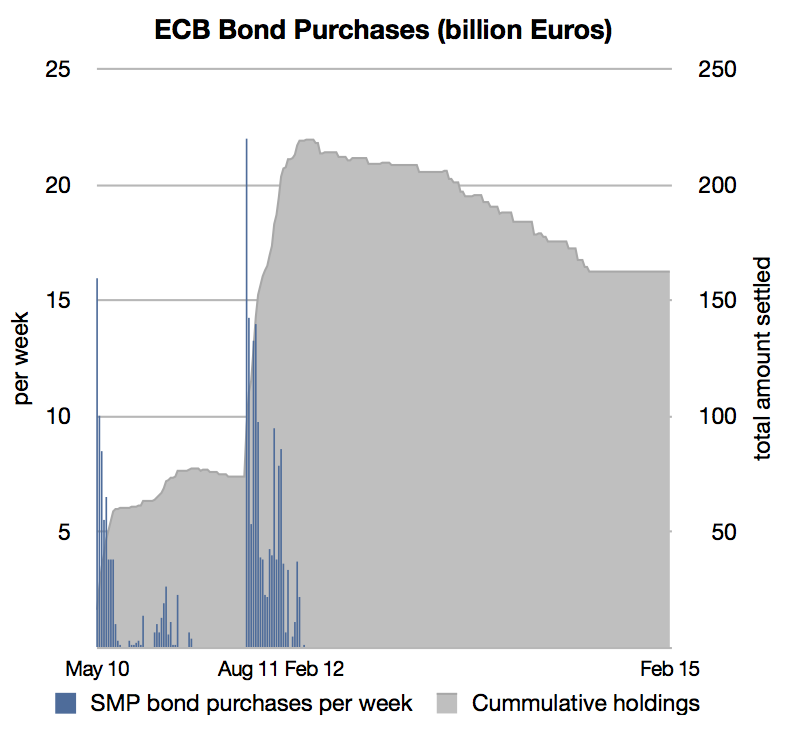Debt Instruments 101 An Introduction to Bonds
Post on: 10 Апрель, 2015 No Comment

Debt Instruments 101: An Introduction to Bonds
The Definition of a Bond
A bond is simply a loan between the issuer (the borrower) and the bondholder (the lender).
The borrower/issuer will usually be the U.S. government, a government agency, a state or local municipality, or a large corporation such as General Electric.
A bond is issued at face value (typically $1,000 for corporate bonds, $5,000 for municipal bonds, and $100 for government bonds). The issuer promises to pay the bondholder back his principal at a specified date known as the maturity date . As compensation for the loan, the issuer pays the bondholder a rate of interest known as the coupon rate .
For example, if an investor purchases five ten year bonds at face value that pays a 6% coupon, the bondholder will receive $300 a year for ten years and then receives a $5,000 principal payment on the maturity date. This steady annual payout is the reason that bonds are referred to as fixed income investments. Its important to note, however, that bonds are often issued with a coupon rate that periodically fluctuates with the general level of interest rates. These instruments are known as floating rate bonds .
Up Close Look at Debt Versus Equity
As debt instruments, bonds represent an obligation of the issuer to pay the bondholder a rate of interest over the life of the investment and to repay the principal at maturity.
Equities (stocks) represent an ownership interest in the issuer, and do not represent a contractual obligation. Equity investors hope that their ownership interest will increase in value as the issuing company grows revenues and profits.
While stock issuers may pay a dividend, they do so at the discretion of the issuer’s management and board of directors. As a legal obligation, the failure of a debt issuer to pay a debt obligation would put them in default . which could force the company into bankruptcy, although this rarely happens.
Bondholders are secured creditors and are the first to be paid in the event of bankruptcy liquidation.
The hierarchy of payment in the event of liquidation is:
- Secured Creditors (including bondholders)
- Unsecured Creditors (typically bank loans)
- Preferred shareholders
- Common shareholders
Typically, there is nothing left for the common shareholders.
Characteristics of Bonds Versus Stock
- Certain debt instruments are often governed by covenants . Covenants are rules that require the issuer to maintain certain financial standards such as debt to equity ratios and requirements to maintain minimum levels of liquidity. There may also be non-financial covenants that require the issuer to provide certain information to bondholders, or to restrict the sale of assets or changes of control. Covenants are designed to ensure that bondholders will receive their interest and principal payments on time.
- Equity securities do not ensure any payment to investors by the issuer.
- Bond prices are determined by the market, and are based on the issuer’s credit rating, term to maturity, coupon rate, and market yield on comparable securities (more on this in later lessons).
- Stock prices are set by the market based on the expected level and value of the issuer’s current and future earnings.
- Bond investors are relatively certain of their expected cash flows and rate of return of both income and return of principal (if they hold to maturity).
- Equity investors are not assured of future income or investment return.














